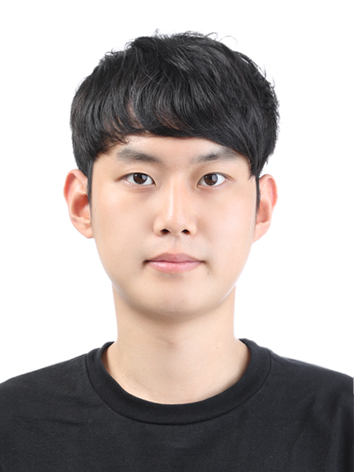
Due to continuous advances in hacking technologies and intrusion of privacy, the significance of security and data protection has been raised day by day. The KAIST Herald interviewed Geonhyeong Park, a PhD student from the Department of Chemistry who published a paper titled “Planar Spin Glass with Topologically-Protected Mazes in the Liquid Crystal Targeting for Reconfigurable Micro Security Media", which was featured in Advanced Materials on May 6.
Can you explain your scientific paper to our readers?
For this research, we investigated [the formulation of] security codes through certain materials and [used] the randomness that occurred in the process. As explained in the paper, the magnetic spin glass is actually a very complex structure which requires complex equipment to observe. We formed a self-assembly structure of liquid crystal that can imitate the complexity of magnetic spin glass and converted it to digital code for security [uses], which was further advanced by utilizing the properties of the structure.
What was the initiative for this research?
Initially, I was working on a different research project [in which I] discovered a repeating random pattern. When I was working as a technical research personnel, I had to work with QR codes everyday. Observing [how] QR codes change every three seconds for security [purposes], I thought I could utilize the random pattern [which I discovered].
Did you face any difficulties while conducting the research? How did you overcome them?
I am currently under the Department of Chemistry without much experience in coding, so I had to learn machine learning algorithms from scratch. I tried not to rush and pressure myself but rather study [using the] internet and YouTube lectures step by step [until I could] eventually build an algorithm by myself for the research.
What is the significance of your research in the scientific field and our lives?
The planar spin glass is a phenomenon that cannot be observed directly and requires complicated equipment setups as well. So this research has a significance of actualizing the planar spin glass in liquid crystals, which is observable through microscopes. In terms of practical aspects, the recent advent of Internet of Things (IOT) and quantum computers would require a more advanced security system [that can be achieved using the concept of planar spin glass in liquid crystals].
Is there any follow-up research you want to conduct in the future?
As I have explored the possibility that the planar spin glass pattern can be achieved in the liquid crystals in this research, I would like to expand [my research] to forming a frustrated spin pattern or a spin-ice pattern with liquid crystals, which was not easily observable before and analyze it through a microscope.

